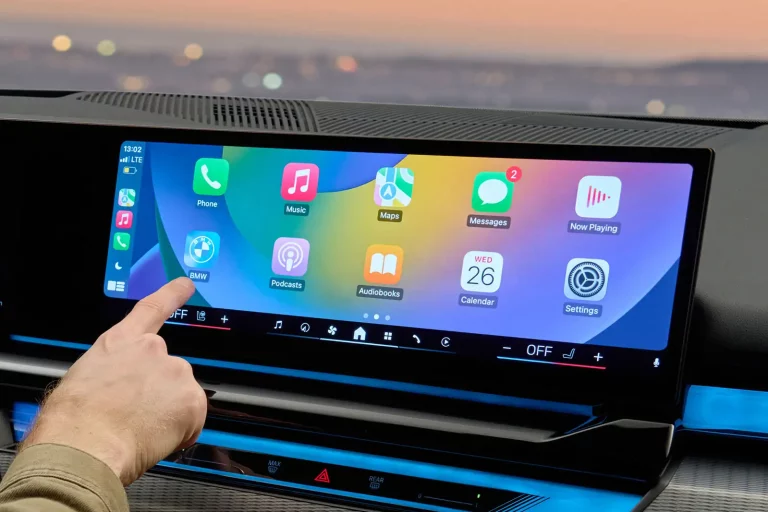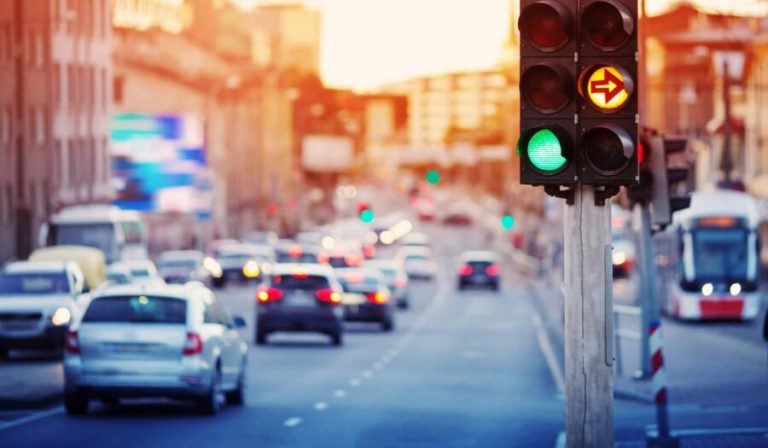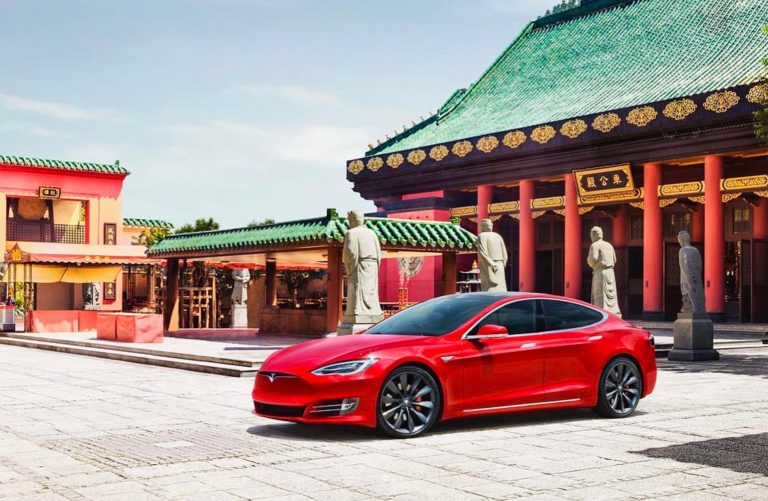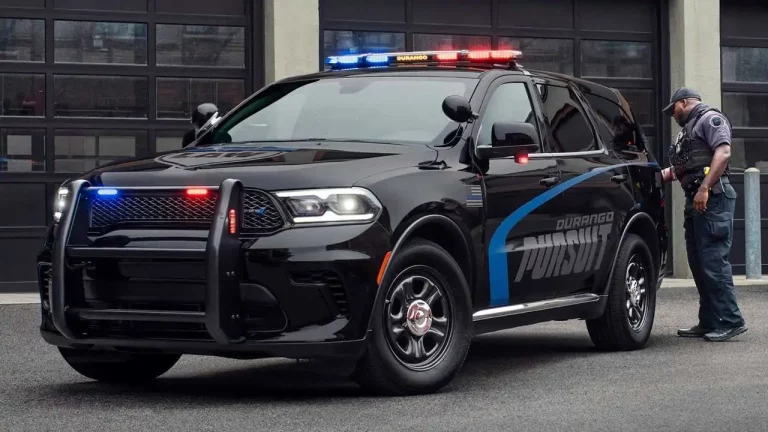What Is VIN Etching?
Have you ever considered a simple yet effective way to protect your car from theft? VIN etching, a lesser-known but powerful deterrent, could be the answer. But what exactly is VIN etching, and how can it benefit you as a vehicle owner? In this guide, we will find out the ins and outs of this security measure, revealing why it’s not just for new cars but any vehicle that could be at risk. Stay tuned to see how this straightforward procedure could save you from potential headaches down the road.
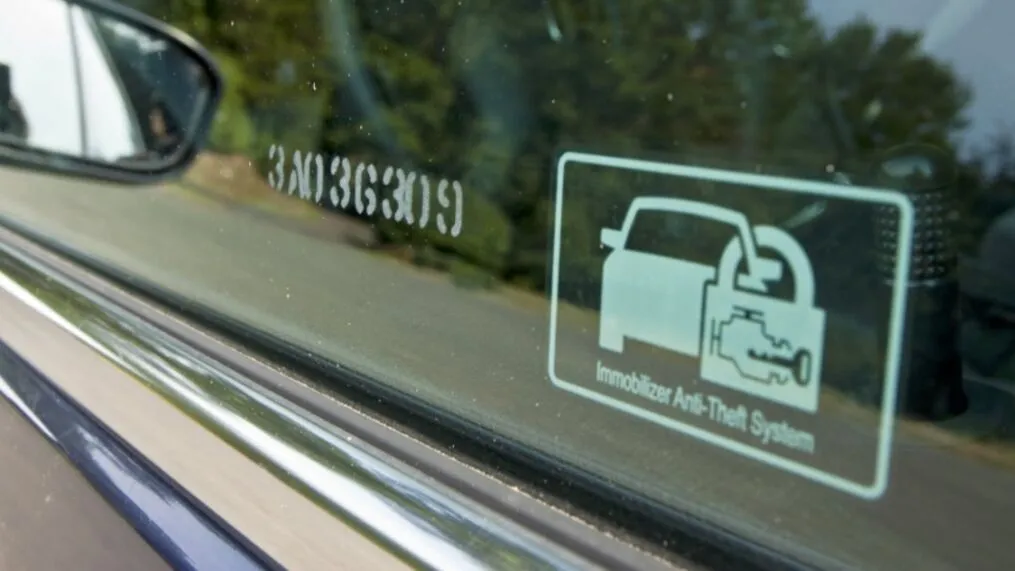
What Is VIN Etching?
VIN etching is a security measure used in the automotive industry to deter vehicle theft. It involves etching the Vehicle Identification Number (VIN) onto the windows and sometimes other parts of a vehicle. The VIN is a unique code specific to each individual vehicle, which includes a serial number and is used by the automotive industry to identify individual motor vehicles.
How VIN Etching Works?
VIN etching is a relatively straightforward process that helps deter vehicle theft by permanently marking a vehicle’s windows with its Vehicle Identification Number (VIN). Here’s a step-by-step explanation of how VIN etching works:
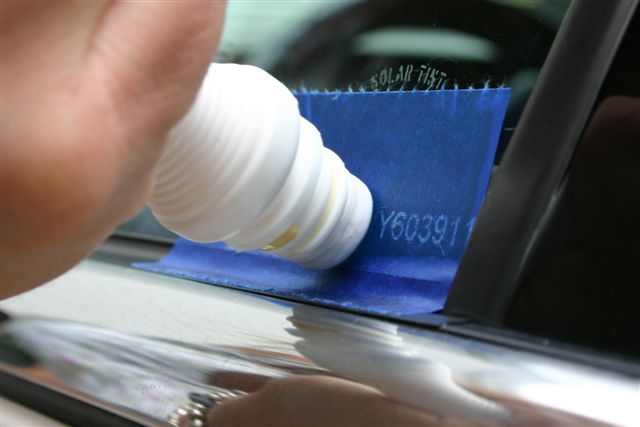
1. Preparation
The area where the VIN will be etched is cleaned thoroughly to remove any dirt or grime. This ensures that the etching process is clean and clear.
2. Creating the Stencil
A stencil of the vehicle’s VIN is created. This can be done using a computer-generated template that matches the specific VIN of the vehicle. The stencil is usually made of a material like vinyl or a similar adhesive that can temporarily adhere to glass.
3. Applying the Stencil
The stencil is carefully applied to the outside of the vehicle’s window. Common places for VIN etching are the lower corners of the windows, but it can be done on any window, including the windshield and rear window.
4. Applying the Etching Cream
A special acidic etching cream is applied over the stencil. This cream reacts with the glass and chemically engraves the VIN into the window. The cream typically needs to sit for a few minutes, according to the product instructions, to ensure the number is etched deeply enough to be permanent.
5. Removing the Stencil and Cleaning
After the etching cream has been set for the recommended time, the stencil is removed. The area is then cleaned again to remove any residue of the etching cream. The VIN is now permanently etched into the glass.
6. Final Inspection
The final step is to inspect the etching to ensure it is clear and legible. This ensures that the VIN can be easily read, which is crucial for its effectiveness in deterring theft and aiding in vehicle recovery.
Benefits of VIN Etching for Vehicle Security
VIN etching offers several key benefits that enhance vehicle security and provide additional advantages to vehicle owners. Here are the main benefits of implementing VIN etching on a vehicle:
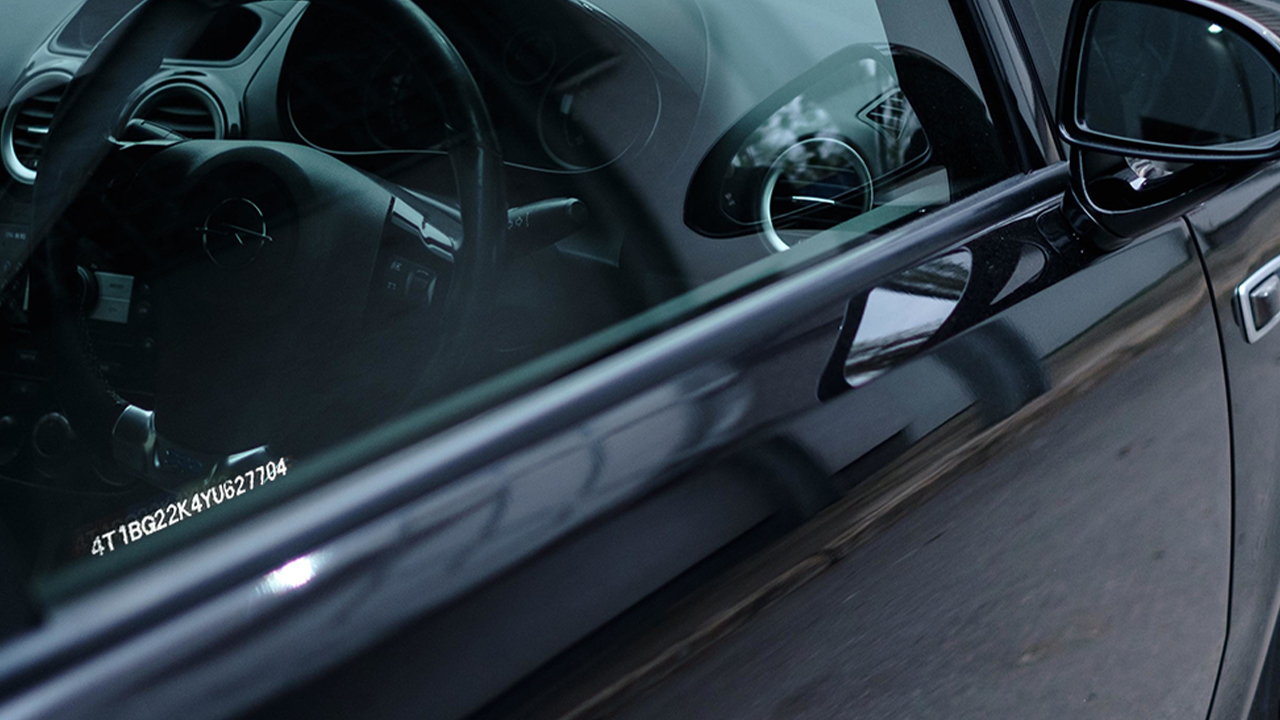
1. Theft Deterrence
VIN etching acts as a significant deterrent to vehicle theft. Thieves typically avoid vehicles with etched VINs because the etched windows must be replaced before they can sell the car. Replacing all of the etched windows is costly and increases the risk of getting caught, making it less attractive to steal such a vehicle.
2. Increased Chance of Recovery
If a vehicle with VIN etched windows is stolen, the etched VIN increases the likelihood of recovery. Police can more easily identify the vehicle as stolen when they see the VIN on every window, and this can lead to quicker recovery and potentially catching the thieves.
3. Insurance Discounts
Many insurance companies recognize VIN etching as a valid anti-theft device and may offer discounts on comprehensive coverage for vehicles that have undergone this procedure. These discounts can make VIN etching a cost-effective security measure.
4. Permanent Identification
Unlike other security systems that can be disabled or removed, VIN etching is permanent. It cannot be erased or altered easily, which provides a long-term security benefit. This permanent mark ensures that the identity of the vehicle can always be verified, regardless of other modifications or removals of identifying parts.
5. Resale Value
Although primarily a security feature, VIN etching can indirectly affect a vehicle’s resale value. Knowing a vehicle is less likely to be stolen and more likely to be recovered if it is stolen can be a selling point. Additionally, the presence of security measures like VIN etching can assure potential buyers of the vehicle’s authenticity and history.
6. Legal Compliance and Registration
In some regions, VIN etching is encouraged or even required as part of vehicle registration or insurance processes. It helps authorities and insurance companies ensure that the vehicle matches official records, aiding in legal compliance and simplifying administrative processes.
Considerations Before Getting Your Vehicle Etched
Before you decide to get your vehicle VIN etched, here are some important considerations:
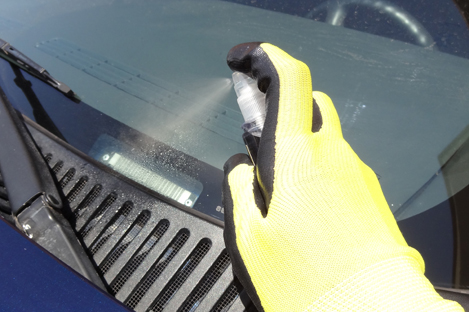
Effectiveness:
- Limited data: While VIN etching is promoted as a deterrent, there isn’t a ton of hard data on how much it truly reduces theft rates.
- Deterrence level: It might be more effective against opportunistic thieves than professional ones willing to replace windows or remove the etching (although that’s difficult).
Cost vs. Benefit:
- Cost-effective: VIN etching is a relatively inexpensive procedure, typically ranging from $20 to $100.
- Insurance discounts: Some insurers offer discounts for VIN etching, making it an even more attractive option.
Visibility and Legality:
- Placement restrictions: Some states or localities might have regulations on where the VIN can be etched on the windows. Make sure the placement adheres to local laws and doesn’t obstruct your vision.
- Professional etching: It’s recommended to get your VIN etched professionally to ensure proper placement and permanence.
Alternatives and Additional Security:
- Consider other security measures: VIN etching works best as part of a layered security approach that might include car alarms, steering wheel locks, or GPS trackers.
- Newer cars might have built-in security: Some newer car models come with factory-installed theft prevention systems that might make VIN etching less necessary.
Frequently Asked Questions
How does VIN etching deter vehicle theft?
VIN etching makes a vehicle less appealing to thieves because it poses significant challenges when trying to replace the etched windows. This permanent marking prevents the altering of a vehicle’s identity through the change of the VIN identification plate.
What cost should I expect for VIN etching?
VIN etching prices vary significantly based on where you proceed with the procedure. Car dealerships can charge between $200 to $400, while a DIY kit costs less than $15. Alternatively, a custom-engraved VIN plate can be obtained for $32.
How does VIN etching affect insurance?
Insurance companies utilize VINs to verify a vehicle’s identity and its various features. If your vehicle has VIN etching as an additional anti-theft measure, some insurance providers might offer a discount on your premiums due to the decreased theft risk.
Can I use VIN etching on a leased vehicle?
The use of VIN etching on a leased vehicle depends on the terms and conditions of the leasing company. As it is considered a permanent alteration, clear communication with the leasing company is advised to ensure it does not breach any terms.
What is the importance of the Etch Vehicle Theft Deterrent System?
The Etch Vehicle Theft Deterrent System leaves a permanent, traceable registration number on all the vehicle’s windows, which cannot be easily removed like other anti-theft devices. This serves as an additional layer of protection against theft.

Hi! I’m Larry Gibbs, studying mechanical engineering with a focus on cars. I really love Ferraris and write blog posts about the latest car stuff. When not studying or blogging, I’m usually on a road trip exploring new places. I also enjoy playing football and watching movies. Life’s an adventure, and I’m all about enjoying the ride!


